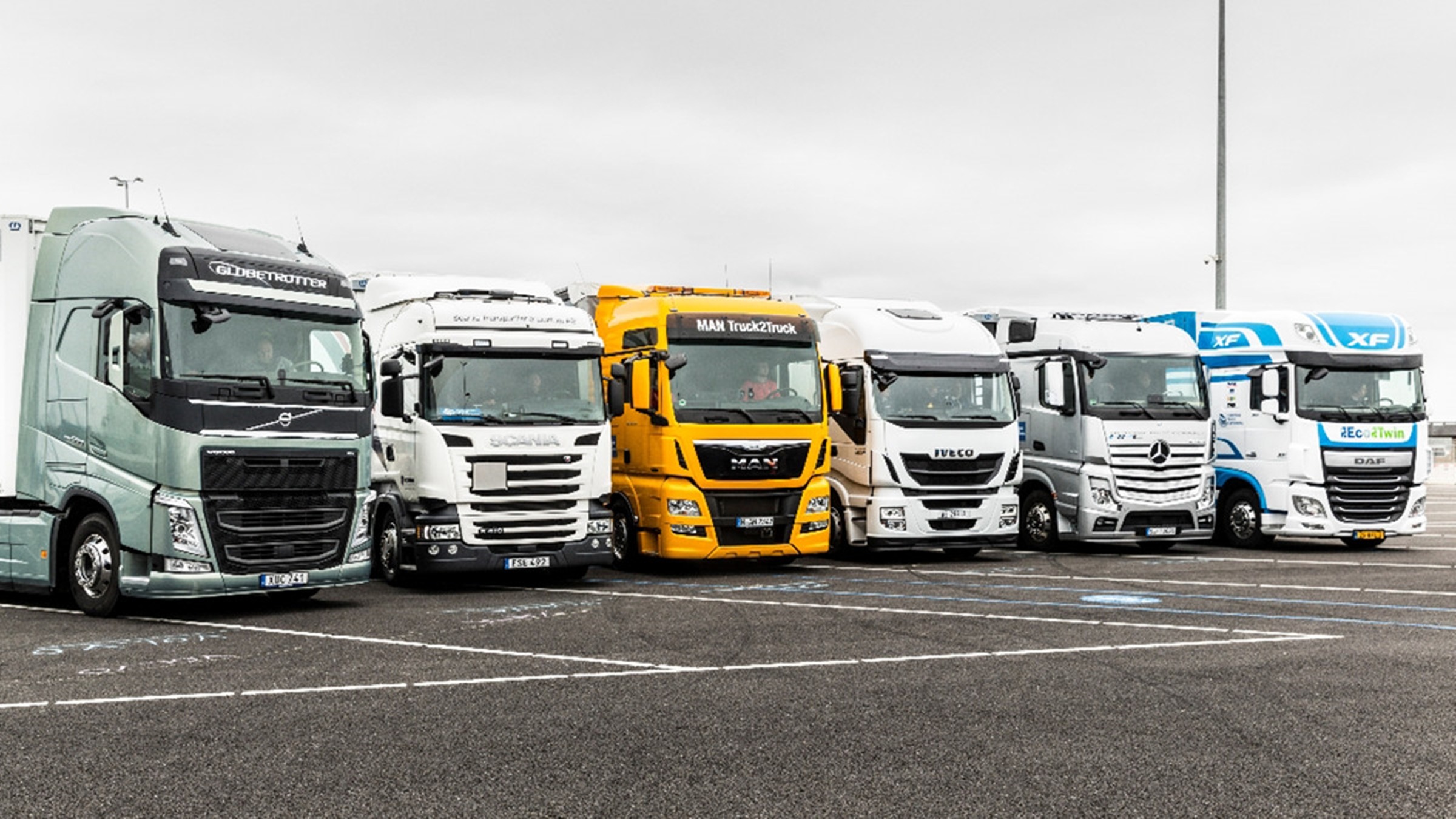Europe, renowned for its rich cultural tapestry and historical landmarks, also offers a fascinating array of transport vehicles that cater to both locals and tourists alike. From iconic double-decker buses in London to sleek trams in Amsterdam, each city boasts its unique mode of transportation, reflecting its history, geography, and urban planning. This article delves into five distinct types of transport véhicule europe across Europe, highlighting their significance, evolution, and impact on the local communities.
1. Double-Decker Buses: London’s Iconic Commuters
London’s red double-decker buses are perhaps one of the most recognizable symbols of the city. These buses have been ferrying passengers across the bustling streets of London since the early 20th century, evolving from the iconic Routemaster models to the modern, eco-friendly hybrids seen today. Their distinctive design not only offers practical transportation solutions but also serves as a cultural icon, featuring in literature, films, and artwork that celebrate London’s vibrant urban life. The Transport for London (TfL) network ensures these buses connect every corner of the city, making them an integral part of daily life for Londoners and a must-experience for tourists exploring the city.
2. Trams: Amsterdam’s Sustainable Urban Mobility
Amsterdam, renowned for its picturesque canals and historic architecture, also boasts an extensive tram network that is vital to the city’s transportation infrastructure. Trams in Amsterdam are not merely a means of getting from point A to point B; they represent a commitment to sustainable urban mobility. The network dates back to the late 19th century and has since expanded to cover key routes throughout the city and its suburbs. The trams blend seamlessly into Amsterdam’s urban fabric, offering locals and visitors a convenient, environmentally friendly mode of transport while preserving the city’s charming streetscape.
3. Vaporetto: Venice’s Waterborne Charm
In Venice, where canals replace streets, the vaporetto (waterbus) reigns supreme as the primary mode of public transportation. These sleek, elegant boats navigate the city’s labyrinthine waterways, offering passengers a unique and scenic journey through Venice’s iconic sights. Vaporetti serve as lifelines for residents, connecting different islands and neighborhoods, and are indispensable for tourists eager to explore the city’s historical landmarks, such as St. Mark’s Square and the Grand Canal. With their distinctive blue and white livery, vaporetti not only provide essential transportation but also contribute to Venice’s romantic allure and maritime heritage.
4. Metro: Paris’s Underground Network
Paris, often dubbed the City of Light, is also celebrated for its extensive metro system, an underground labyrinth that spans the entire metropolis. Launched in the early 20th century, the Paris Metro is not only a marvel of engineering but also a cultural symbol that reflects the city’s cosmopolitan vibe. Its efficiency and connectivity make it the backbone of Parisian transport, catering to millions of commuters and tourists daily. Beyond its practicality, the metro stations themselves are works of art, featuring architectural styles ranging from Art Nouveau to modernist designs by renowned artists like Hector Guimard. The Paris Metro thus embodies Paris’s commitment to blending heritage with modernity, offering a seamless travel experience beneath the city streets.
5. Cable Cars: Innsbruck’s Alpine Adventure
Nestled in the heart of the Austrian Alps, Innsbruck is not only a winter sports paradise but also home to a unique mode of transport: the cable car. These aerial tramways ascend the steep slopes surrounding the city, offering breathtaking panoramic views of the snow-capped peaks and lush green valleys below. Cable cars in Innsbruck serve both practical and recreational purposes, transporting skiers and hikers to popular mountain resorts and scenic trails. The combination of modern cable car technology with the pristine Alpine landscapes makes this mode of transport an integral part of Innsbruck’s tourism industry and a thrilling experience for visitors seeking adventure amidst nature’s splendor.
Conclusion
Europe’s diverse transport vehicles not only facilitate efficient travel but also embody the rich cultural tapestry and unique urban landscapes of each city. From London’s iconic double-decker buses to Amsterdam’s sustainable trams, Venice’s romantic vaporetti, Paris’s intricate metro system, and Innsbruck’s scenic cable cars, these modes of transport are integral to local identity and global tourism. They showcase Europe’s commitment to blending tradition with innovation, offering travelers unforgettable experiences that intertwine with the continent’s rich history and vibrant modern life. Whether commuting like a local or sightseeing as a tourist, exploring Europe’s transport vehicles promises a journey through both time and place.






